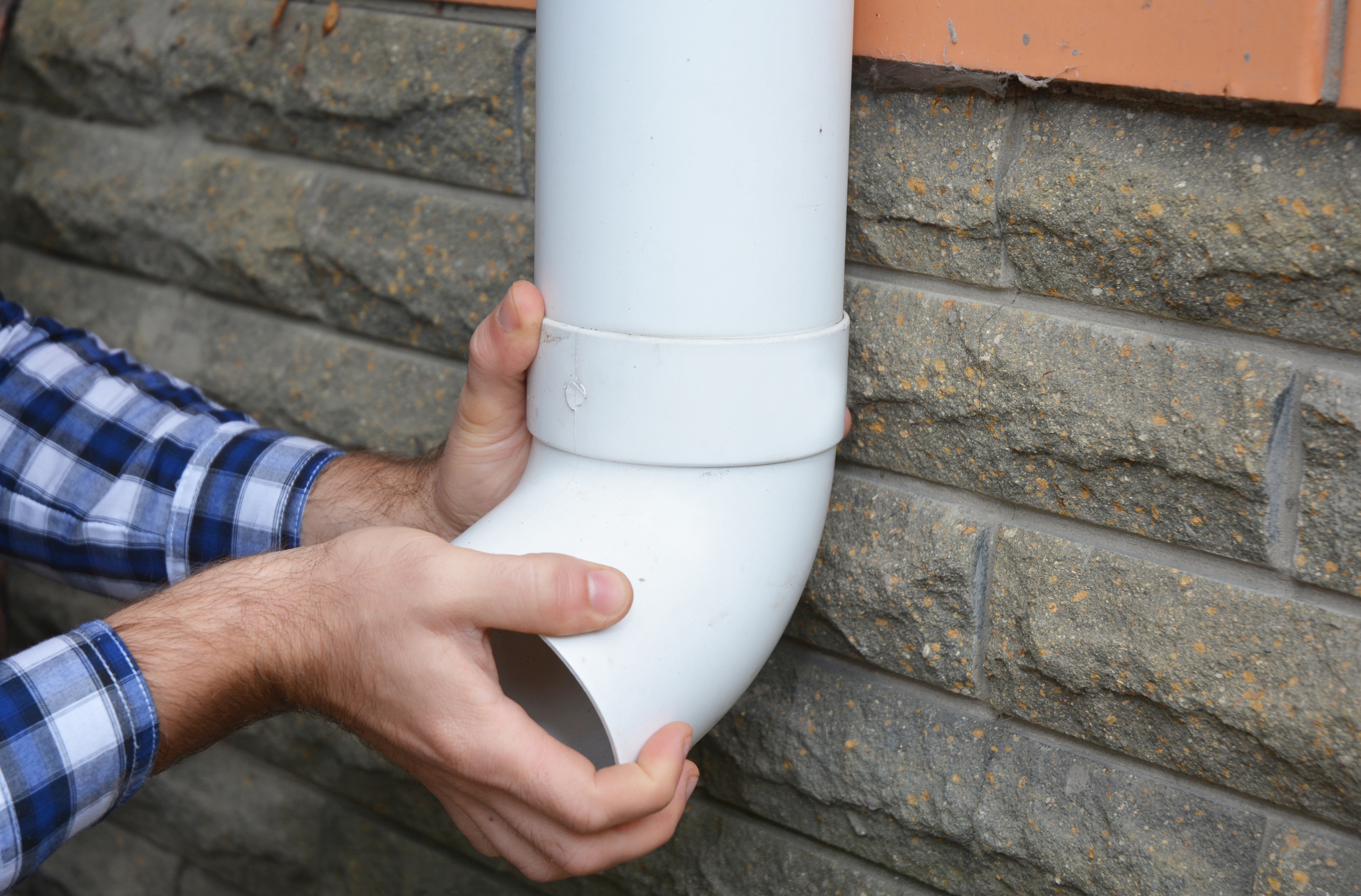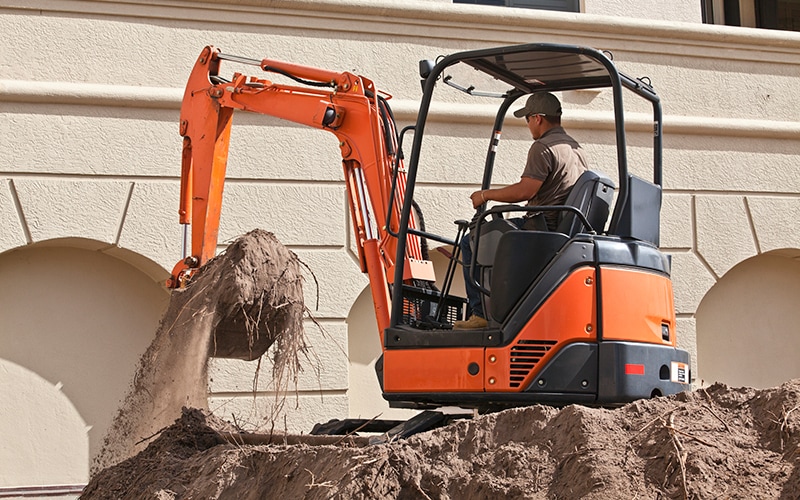Floodproofing
FEMA defines floodproofing as any combination of structural and non-structural additions, changes, or adjustments to structures which reduce or eliminate flood damage to real estate or improved real property, water and sanitary facilities, structures and their contents.
 |
Floodproofing residential structuresFloodproofing of areas below the BFE in residential buildings is not permitted under the NFIP, except in communities that have been granted an exception to permit floodproofed basements. |
Floodproofing commercial structuresThe National Flood Insurance Program (NFIP) allows a new or substantially improved non-residential building in an A Zone (Zone A, AE, A1-30, AR, AO or AH) to have a lowest floor below the Base Flood Elevation (BFE), provided that the design and methods of construction have been certified by a registered professional engineer or architect as being dry floodproofed in accordance with established criteria. |
 |
 |
Dry floodproofingDry floodproofing measures are designed to keep water from entering a building, keeping the building dry. These measures lower the potential for flood damage by reducing the frequency of floodwaters that enter the structure. Dry floodproofing is not allowed by FEMA for new or substantially improved or damaged residential structures located in the SFHA. For more information on dry floodproofing, see FEMA Publication P-259, Chapter 5D |
Wet floodproofingWet floodproofing prevents or provides resistance to flood damage by allowing floodwater to enter the structure. The basic characteristic that distinguishes wet floodproofing from dry floodproofing is that it allows internal flooding of a structure. The NFIP allows wet floodproofing only in limited situations. The most common application is with older, pre- FIRM structures not subject to substantial damage and/or substantial improvement criteria. Consult with your local Building Department and the appropriate design professional before developing a wet floodproofing strategy. For more information on wet floodproofing, see FEMA Publication P-259, Chapter 5W |
 |